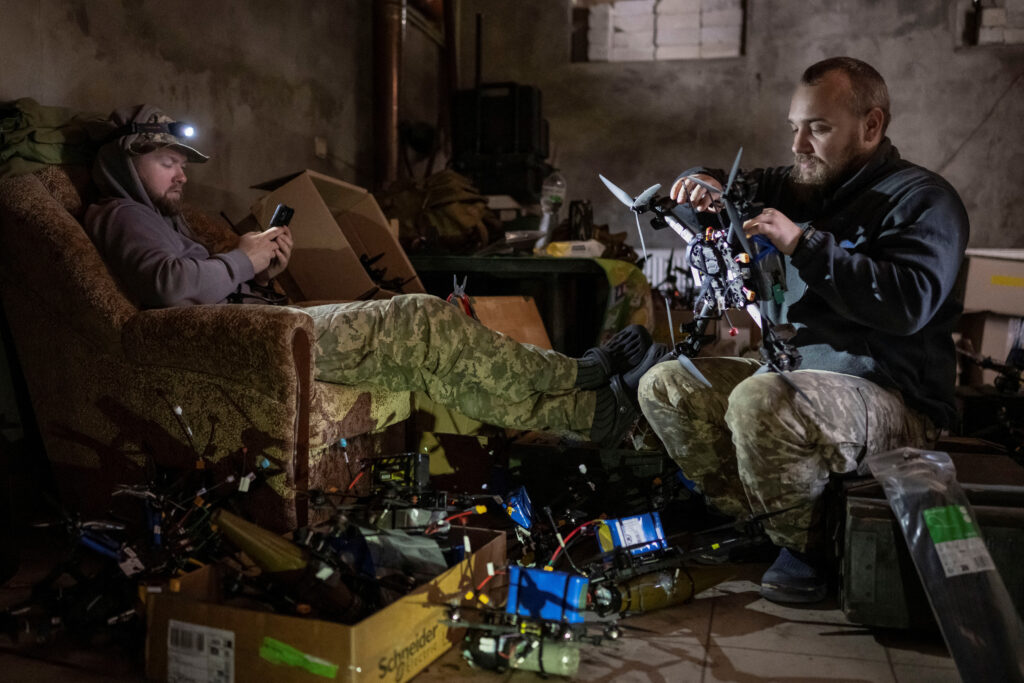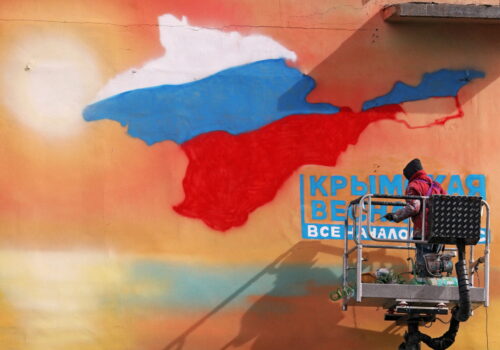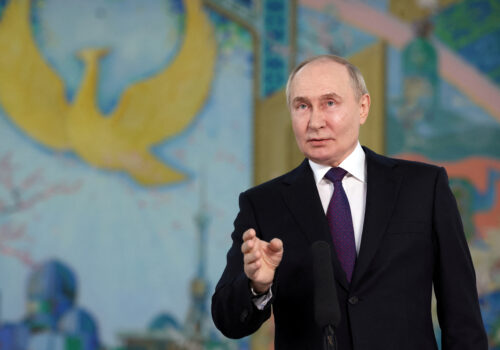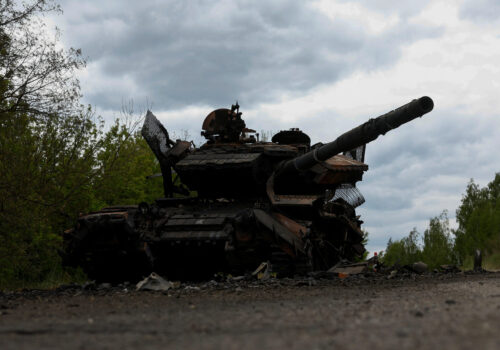
Ukraine’s innovative drone industry helps counter Putin’s war machine
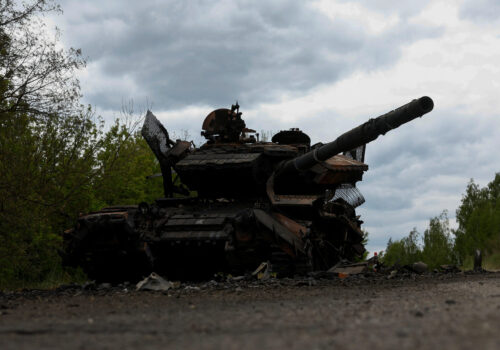
Since the outbreak of hostilities in February 2022, Ukraine’s domestic drone industry has emerged as an increasingly crucial element in the struggle to resist and outmaneuver the formidable Russian war machine. Ukraine’s innovative use of drones has allowed the country to counter Russia’s far greater resources and strike back at targets everywhere from the Black Sea to oil refineries deep inside Russia itself.
For more than two years, Ukrainian commanders have been adapting to rapidly evolving battlefield conditions shaped by the use of drones. In the initial weeks of the war, Turkish-made Bayraktar TB2 drones were instrumental in allowing Ukraine to strike over-stretched Russian lines as Putin’s invading army attempted to take Kyiv. A range of countermeasures, including increasingly sophisticated electronic warfare capabilities, have since created an environment where Russian and Ukrainian forces are constantly competing to gain an innovative edge over their adversaries. Many view this military tech contest as the decisive front of the war.
Stay updated
As the world watches the Russian invasion of Ukraine unfold, UkraineAlert delivers the best Atlantic Council expert insight and analysis on Ukraine twice a week directly to your inbox.
As the front line stabilized during the first winter of Russia’s invasion, trench warfare became the defining feature of the conflict, with drones filling the skies and searching for targets. This has created unprecedented visibility on both sides of the front lines and made offensive operations increasingly challenging. A large proportion of the drones buzzing above the Ukrainian battlefield in winter 2022 were Chinese in origin, which placed Russia at a significant advantage due to Moscow’s close ties with Beijing.
Meanwhile, many of the Western drone models used in Ukraine have proved costly and ineffective, according to the Wall Street Journal. Additionally, delays in military aid have underlined the risks for Ukraine of relying too heavily on the country’s Western partners. These factors have helped convince policymakers in Kyiv to concentrate on the development of their own domestic drone industry. They have been able to call upon Ukraine’s vibrant tech sector to support these efforts.
With Ukraine typically losing thousands of drones per month, keeping production costs as low as possible is vital. Flexibility in drone operations is also essential, as drone units frequently use 3D printing to modify and adapt parts to meet specific needs. With this in mind, Ukraine has adopted a decentralized approach to drone development that allows for rapid testing and deployment.
Ukraine’s emphasis on agility contrasts with the more centralized military structure favored by the Kremlin. While Russia can produce vast quantities of military equipment, comparatively slower decision-making processes and bureaucratic inefficiencies often hinder the Kremlin’s ability to respond swiftly to new battlefield realities. Many analysts believe this was a factor behind the recent appointment of a technocrat economist as Russia’s new defense minister.
Eurasia Center events

The growth of Ukraine’s domestic drone industry over the past two years has been striking, with more than 200 drone-manufacturing companies created. The Ukrainian authorities have allocated $2 billion for the production of drones in 2024, with Ukrainian President Volodymyr Zelenskyy setting an annual production target of one million FPV drones.
Ukraine’s leaders hope more drones will mean less reliance on traditional munitions and fewer casualties. “We don’t have as many human resources as Russia. They fight, they die, they send more people, they don’t care, but that’s not how we see war,” commented Alex Bornyakov, Ukraine’s Deputy Minister of Digital Transformation.
A key element in Ukraine’s drone strategy is the BRAVE1 initiative, a government-led defense tech cluster established in spring 2023 to streamline cooperation between the public and private sectors. This cluster has helped numerous companies cut through red tape, speeding up the implementation of new technologies to support Ukraine’s defense.
The race to innovate is relentless, with Ukraine’s steadily improving drone capabilities mirrored by Russia’s own rapidly expanding electronic warfare arsenal. Ukrainian engineers are now attempting to overcome the Kremlin’s increasingly sophisticated jamming efforts by embedding artificial intelligence (AI) technologies into drones. This innovation has already played a part in Kyiv’s long-range drone strike campaign against Russia’s energy industry, with CNN reporting that Ukraine has employed AI-enabled drones to hit targets as far away as Russia’s Tatarstan region, well over one thousand kilometers from the Ukrainian border.
Ukraine’s partners certainly seem to recognize the importance of drones and have set up an international drone coalition to aid deliveries. In a further example of institutional innovation, Ukraine has this year become the first nation to establish a separate branch of its military dedicated to drone warfare.
Looking ahead, Ukraine’s drone warfare strategy will continue to focus on flexibility, innovation, and the daily challenge of maintaining a technological advantage over Russia. Ukraine’s leaders know they cannot hope to defeat Russia in a traditional war of attrition, and must instead make the most of the agility and technological ingenuity that the country has demonstrated since February 2022. As Ukraine’s understanding of drone warfare continues to evolve, the outside world will be watching and learning.
David Kirichenko is an Associate Research Fellow at the Henry Jackson Society.
Further reading
The views expressed in UkraineAlert are solely those of the authors and do not necessarily reflect the views of the Atlantic Council, its staff, or its supporters.

The Eurasia Center’s mission is to enhance transatlantic cooperation in promoting stability, democratic values and prosperity in Eurasia, from Eastern Europe and Turkey in the West to the Caucasus, Russia and Central Asia in the East.
Follow us on social media
and support our work
Image: A Ukrainian serviceman of the attack drones battalion of the Achilles, 92nd brigade, attaches a shell to a first person view (FPV) drone at his front line position, amid Russia’s attack on Ukraine, near a Russian border in a Kharkiv region, Ukraine June 14, 2024. (REUTERS/Viacheslav Ratynskyi)
